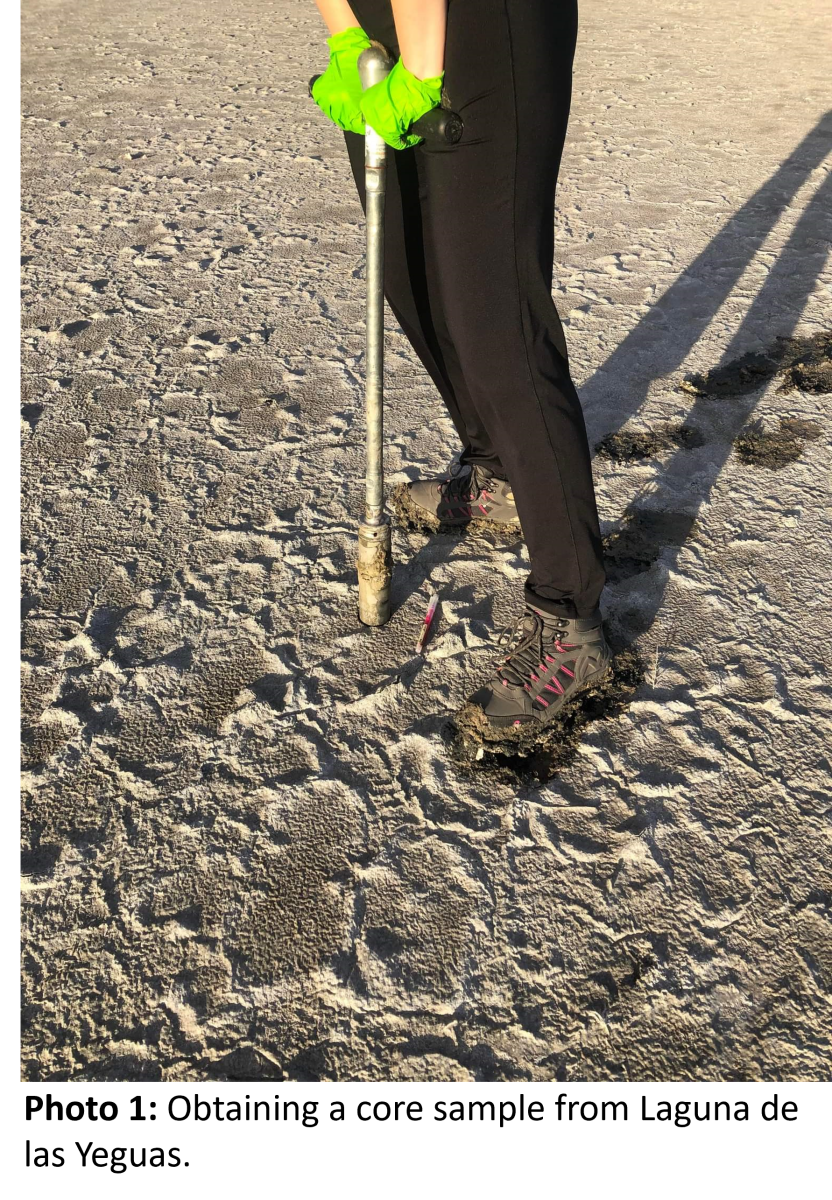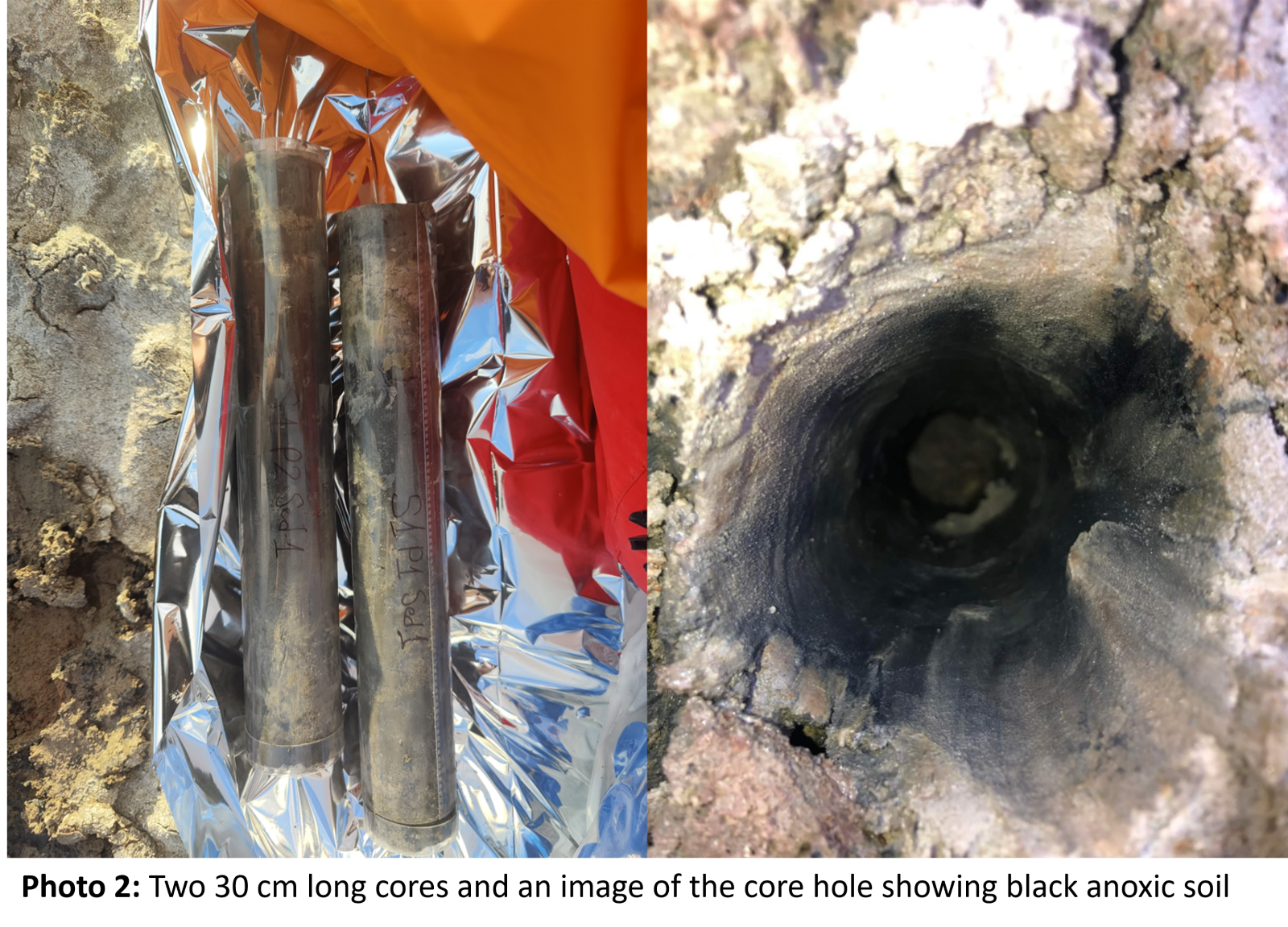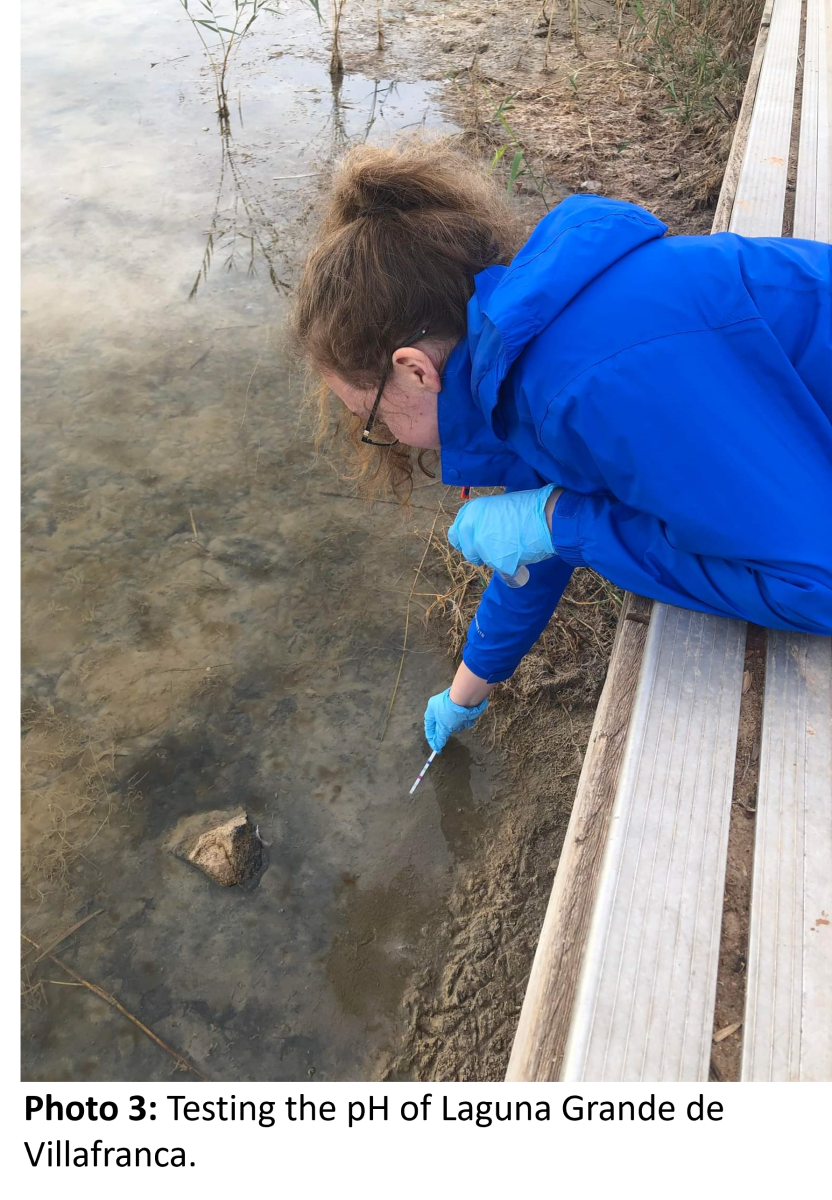You are here
- Home
- My first time in the field as a researcher and it was great!
My first time in the field as a researcher and it was great!
My name is Veli, and I am a 2nd year PhD student at AstrobiologyOU. This is the second time I am writing a blog post for AstrobiologyOU – my first blog was about my summer internship with the group which morphed into the PhD project that I am currently doing. It has been a truly wonderful journey to get here!

Coming into this PhD, I had a lot of things to be excited about (e.g., meeting scientists involved in current space missions, learning about the habitability of the Solar system, having the opportunity to think about life on other planets), but one of the true highlights of my project was the opportunity to do fieldwork for the first time! My background in molecular biology meant that I was only ever based in a very clean laboratory working mainly with clear liquids and hoping that there is DNA in them. Fieldwork is completely opposite to this, and I was very excited to get the chance to collect my own samples to analyse later in the laboratory and come up with the story that I want to tell through my thesis.
In November 2022, my supervisor, Dr Michael Macey, and I went to Spain to collect samples from several hypersaline lakes. My research is about characterising microbial communities in Mars analogue sites and our host in Spain, Dr Felipe Gomez from Centro de Astrobiologia (CAB), knew of interesting sites that we can sample. We met Felipe in Madrid, and he took us to a lovely hotel in Alcazar de San Juan, a city located about 90 miles south of Madrid. That first day, after we left our luggage in the room and had a quick meal, we went off to explore the field sites.

Our first sampling site, Laguna de las Yeguas, was just a 5-minute drive from the hotel. As soon as I stepped out of the car, I was overwhelmed by the pungent scent of rotten eggs and that’s how I knew that we have come to the right place! I am very interested in microbes that use sulfur compounds to fuel their energy metabolism and an important group of these microbes, namely sulfate-reducing bacteria, produce hydrogen sulfide gas as a by-product of their metabolism. Hydrogen sulfide has a characteristic odour of rotten eggs and thus, the smell was indicative of microbial activity at the site. However, even though the right smell was there, something else was missing – the water! We could not see any water in the laguna from our parking spot in the south part of the lake. After a 15-minute walk north along the laguna’s surface, Felipe pointed out dark patches among the dominating light grey soil. The dark patches were indicative of the presence of iron sulfide minerals which can be produced as a result of hydrogen sulfide reacting with iron in the soil. Upon walking up to these patches to take a closer look, we suddenly felt very wet mud under our shoes, rather than dry soil. It was obvious that this was the right place to collect my first samples, because we had three important clues for the presence of sulfate-reducing bacteria: the smell of rotten eggs, the water (wet mud) and the dark soil.

The next step was to assemble the corer (photo 1) and collect two 30 cm-long cores (photo 2) . We also collected small patches of salt that were forming as a result of intense water evaporation at the surface which causes the salts to precipitate and form evaporative salt crystals. Even though salt does not sound like the best place to search for microbes, there is a remarkable diversity of salt-loving microbes that require very high salt concentrations and do not need much water. As of time of writing, I have already isolated enough DNA from this salt sample, and I will next identify what microbes live there!
Overall, our first day in the field was a great success and the two days that followed were even better. We sampled a total of six lagunas and even though five lagunas were almost completely dry, one had enough water that we could use the five probes for water characterisation (pH, dissolved oxygen, ATP, oxidation-reduction potential, total dissolved solids) that we had to carry everywhere but did not need (photo 3)
I am currently analysing a total of 60 samples from this field trip and cannot wait to share my results with the scientific community!
Latest News
- Intern Opportunity at ESTEC 10th November 2023
- CALICO: A Future Mission Review at ESA 23rd May 2023
- Join our team as a PDRA - CLOSED 9th February 2023
- PhD studentships now OPEN for applications 1st November 2022
- Senior Fellow Position **Closed to Applications** 20th September 2022